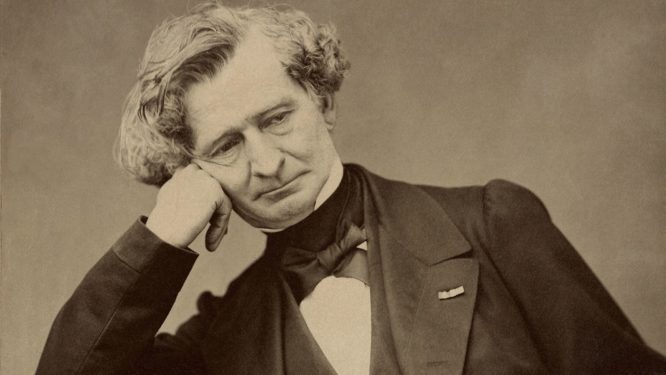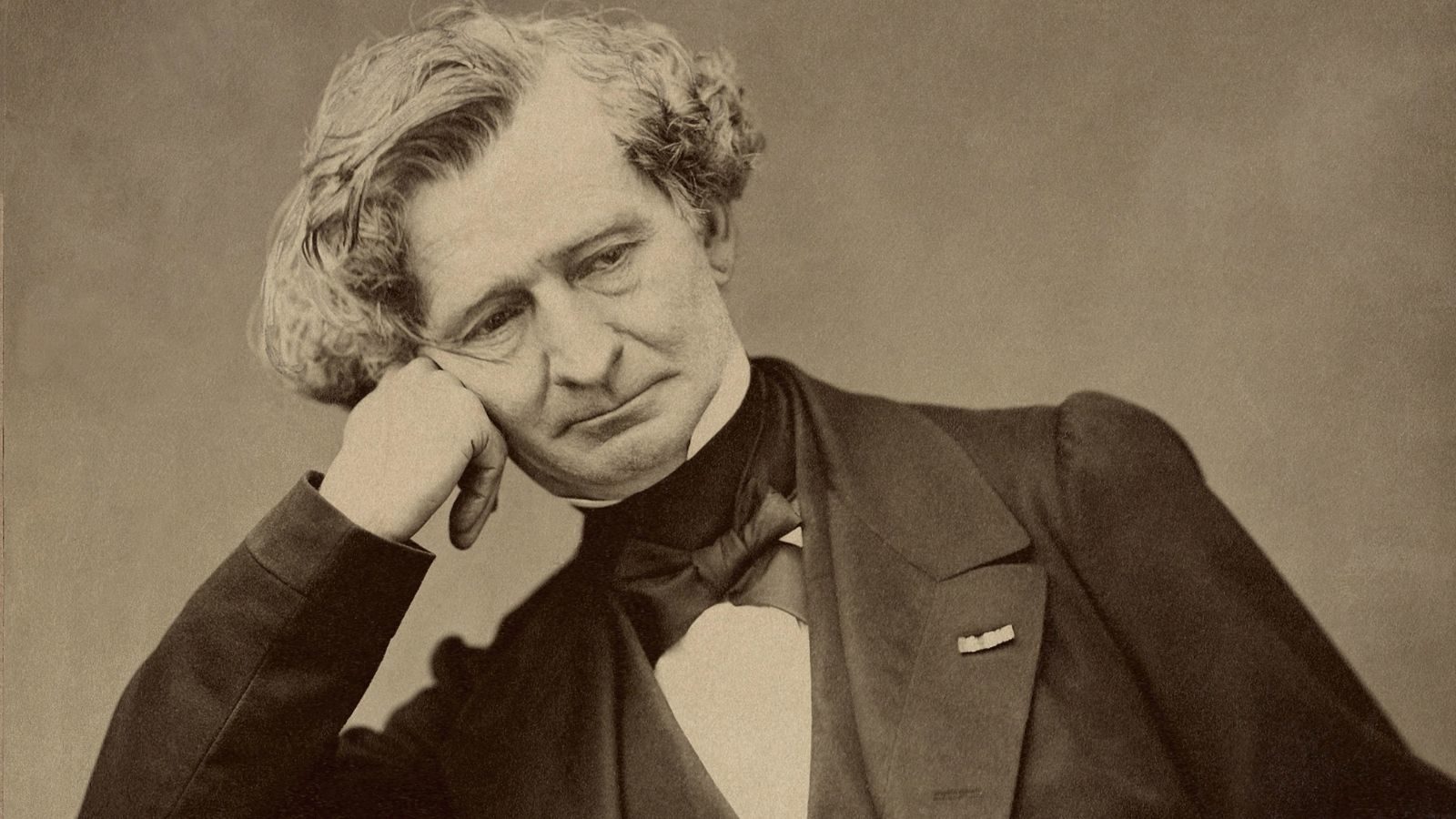Hector Berlioz

DATES
Born December 11, 1803 in La Corte-Saint-Andre, France
Died March 8, 1869 in Paris, France
NATIONALITY
French
STYLE/PERIOD
Romantic 1820-1910

BIOGRAPHY
Hector Berlioz was the son of a doctor. His father educated him at home and centered his studies around the Latin classics and elementary medical training, thinking that Hector would follow in his footsteps and become a doctor. As a boy, Berlioz studied piano from a neighborhood music teacher but preferred playing the guitar and flute.
At the age of 18, he went to Paris to study medicine, but spent most of his time at the Opera and in the library of the Conservatoire of Music rather than attending his medical classes. He finally entered the Paris Conservatoire and studied composition with two teachers: Lesuer, an elderly composer with a great admiration for opera, and Reicha, a theorist and composer of chamber music who was a friend of Beethoven. Purposefully remaining a student, Berlioz competed for the Grand Prix de Rome which he finally won in 1830.
Berlioz had a wonderful imagination, expressed in his choice of instruments and his novel treatment of orchestra writing. He thought of new musical colors and sound combinations and brought these into his orchestra writing. He often enlarged the size of the orchestra and even planned a work for an orchestra with 465 performers. In 1844, he wrote his Treatise of Instrumentation and Orchestration. This book became the ādictionary of orchestrationā until well into the 20th century.
As a composer, Berlioz chose to write using the musical forms of overture, symphony, and opera. He is most known for developing symphonic program music and the āidee fixeā where a melody or theme is used over and over to represent a person or a programmatic idea throughout an entire musical composition.